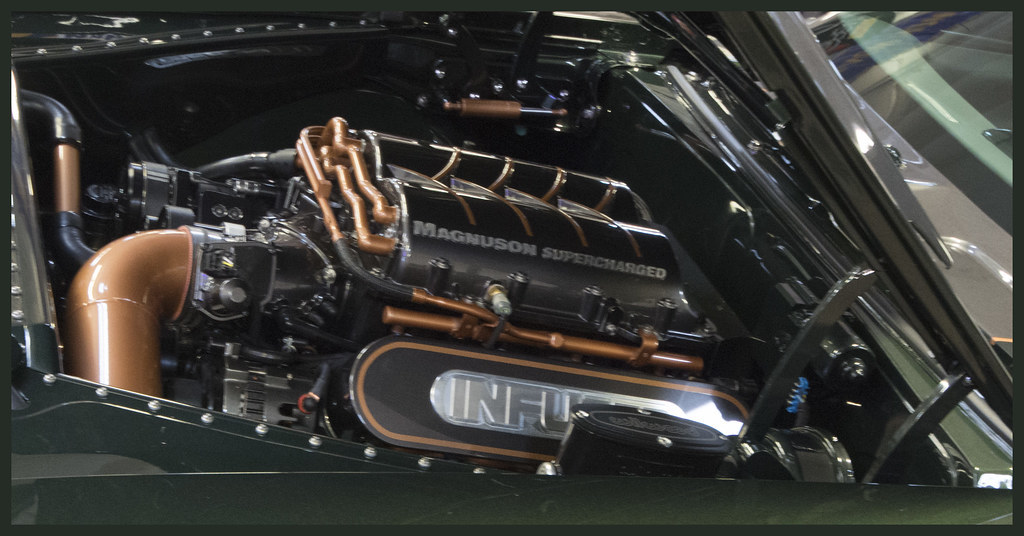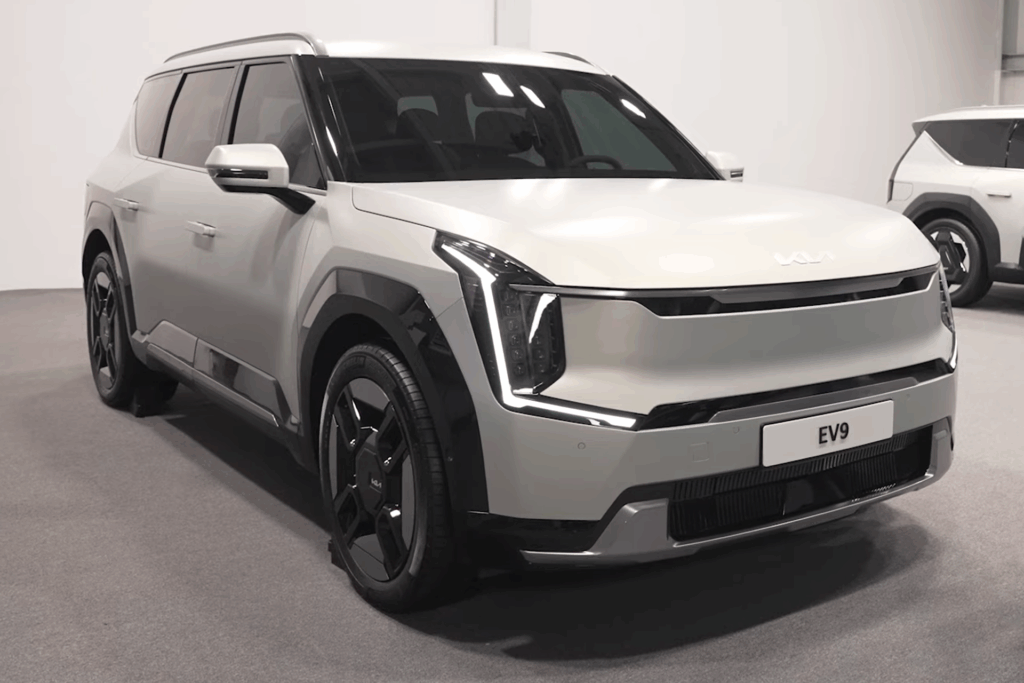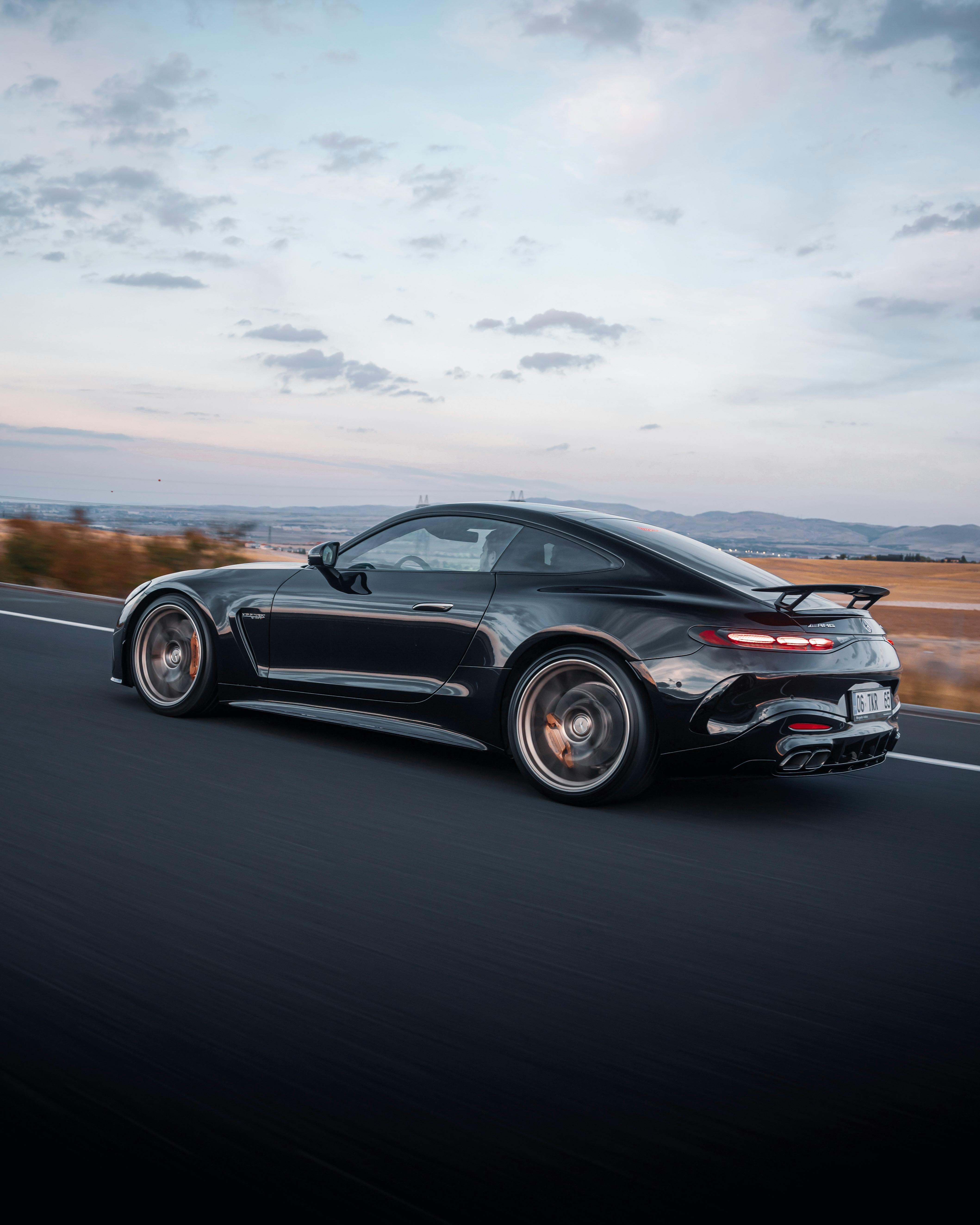
Owning a luxury or high-performance vehicle is often seen as a symbol of aspiration, a testament to engineering prowess, and a gateway to an unparalleled driving experience. However, the initial purchase price is merely the first hurdle in a long-term financial commitment. Beyond the showroom shine and impressive specifications lies a reality many prospective owners overlook: the significant, often surprising, cost of ongoing maintenance and repairs.
For those captivated by the allure of a premium sedan, understanding these latent expenses is paramount. The sophisticated engineering, advanced technological features, and high-quality materials that define these vehicles also contribute to their demand for specialized care. Routine services can quickly escalate into substantial bills, while unexpected repairs can leave owners questioning their initial investment.
This article delves into the maintenance traps associated with eight specific luxury sedans, meticulously detailing what makes their upkeep so costly. Our objective is to equip consumers with the necessary knowledge to make informed decisions, highlighting the particular components, service requirements, and reliability considerations that translate into hefty repair bills. We aim to peel back the layers of luxury to reveal the true cost of ownership, ensuring you are fully prepared for the road ahead.
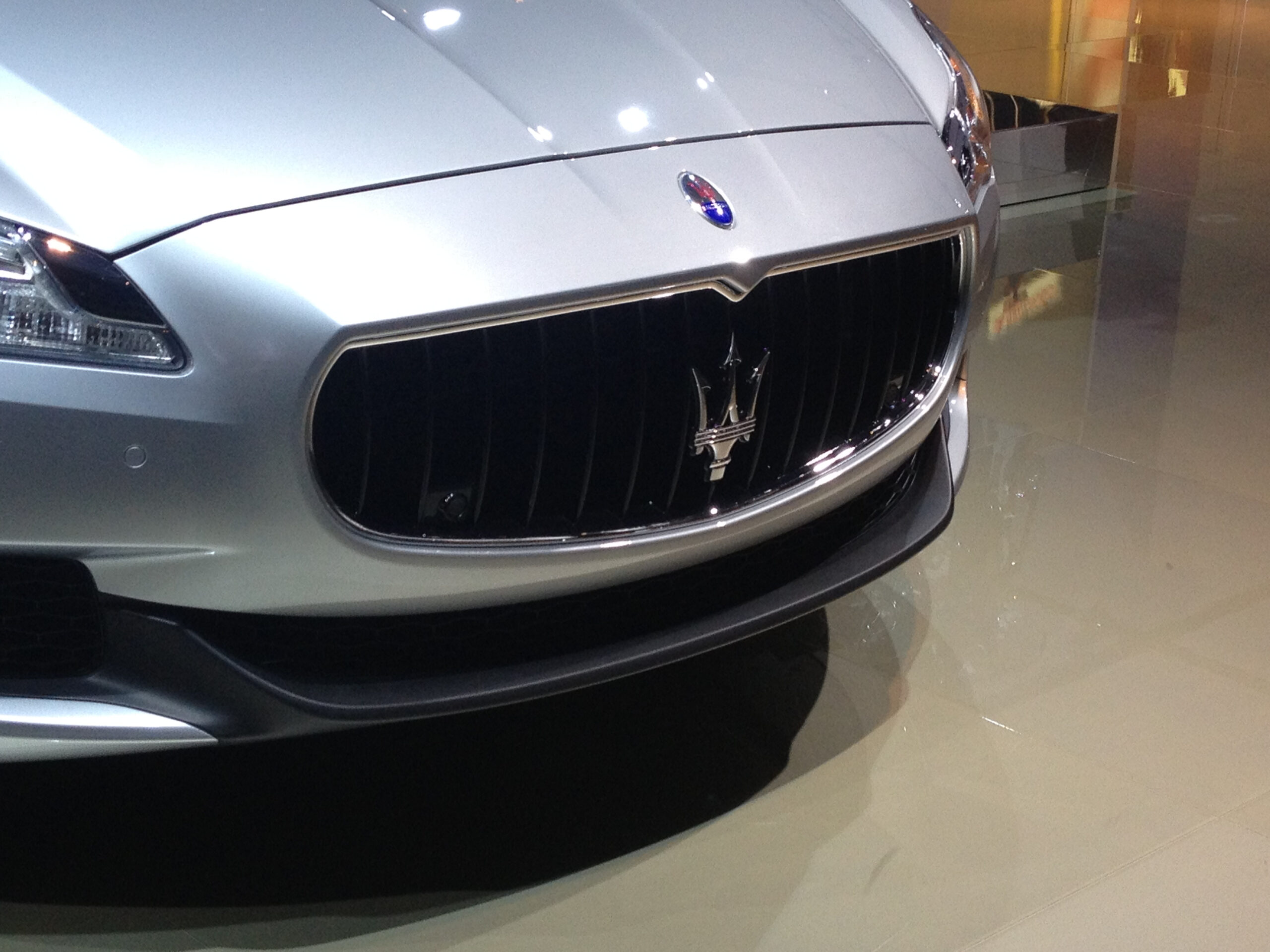
1. **Maserati Quattroporte**: The Maserati Quattroporte offers a compelling blend of Italian luxury, distinctive styling, and robust performance, making it a desirable choice for those seeking an executive sedan with a sporty edge. However, beneath its elegant exterior lies a reality that potential owners must confront: its maintenance requirements are far from economical, often demanding a significant financial outlay that extends well beyond the initial purchase price. This makes it a prime example of a luxury sedan where the cost of upkeep can quickly erode the joy of ownership.
The high-performance engines and sophisticated suspension systems that grant the Quattroporte its exhilarating driving dynamics are also the primary drivers of its elevated maintenance expenses. These complex components demand more frequent and specialized attention compared to the average sedan, necessitating regular servicing by technicians trained specifically for Maserati vehicles. Owners should anticipate that even routine checks will come with a premium, reflecting the intricate engineering and advanced technology involved.
One of the most notable expenses owners frequently encounter relates to the braking system. Replacements for the high-performance brakes on a Maserati Quattroporte can easily reach an astonishing $4,000. This figure is substantially higher than what one would typically expect for most vehicles, illustrating the specialized and often exotic nature of the parts required. These costs underscore the importance of factoring in such expenditures when considering this luxury vehicle.
Furthermore, the Quattroporte has faced scrutiny regarding its reliability, with “unexpected repairs are not uncommon due to the car’s reliability issues.” These unforeseen mechanical or electronic faults can quickly accumulate, adding significantly to the overall ownership costs. Prospective buyers should be aware that acquiring a Quattroporte is not just an investment in luxury and performance, but also a commitment to potentially substantial, unpredictable maintenance bills that demand “deep pockets beyond the initial purchase price.”
Car Model Information: 2012 Maserati Quattroporte S
Name: Maserati Quattroporte
Caption: Maserati Quattroporte VI
Manufacturer: Maserati
Production: 1963–1969,1971,1974–1990,1994–2001,2003–2012,2013–2023
Assembly: Modena,Grugliasco,Turin
Class: Full-size luxury car
BodyStyle: Sedan (car)
Sp: uk
Categories: 1970s cars, 1980s cars, 1990s cars, 2000s cars, 2010s cars
Summary: The Maserati Quattroporte (Italian pronunciation: [ˌkwattroˈpɔrte]) is a four-door full-size luxury sedan produced by Italian automobile manufacturer Maserati. The name translated from Italian means “four doors”. The production of the sixth generation ended in late 2023, with the first generation introduced in 1963.
Get more information about: Maserati Quattroporte
Buying a high-performing used car >>>
Brand: Maserati Model: Quattroporte
Price: $12,980 Mileage: 82,851 mi.
Read more about: The Costly Truth: 14 Classic Cars That Are Simply Not Worth Restoring for the Savvy Enthusiast
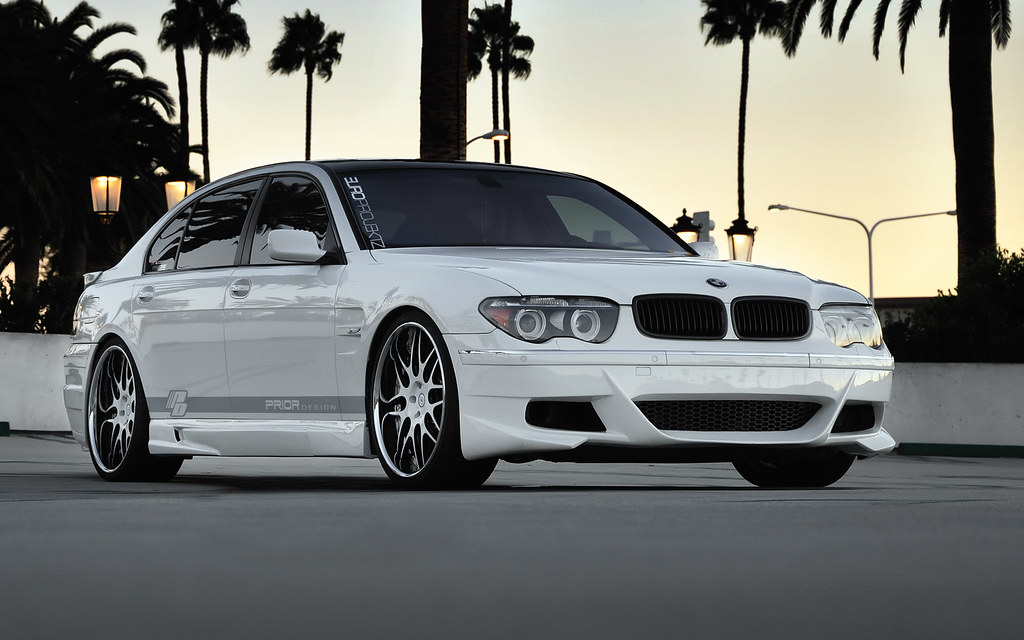
2. **BMW 7 Series**: The BMW 7 Series stands as a flagship of luxury and technological advancement within the automotive world, offering an exquisite driving experience characterized by comfort, sophisticated features, and robust performance. However, this impressive array of luxury and complexity is inextricably linked to a considerably costly maintenance regimen. For owners, the sophistication that defines the 7 Series also dictates a financial commitment far greater than that of a standard vehicle.
A significant contributor to the high maintenance cost of the 7 Series is its advanced technological suite, particularly its sophisticated air suspension system. While this system provides an unparalleled smooth and adaptive ride, it is also prone to issues that, when they arise, often “require expensive repairs.” The intricacy of such components means that diagnostics and replacements are specialized tasks, demanding expert technicians and high-quality, often proprietary, parts, leading to substantial service bills.
Beyond these specialized components, even what would be considered routine maintenance on the BMW 7 Series quickly adds up. Essential services such as oil changes, tire rotations, and brake replacements can collectively “easily reach thousands of dollars annually.” This reflects not only the premium parts used but also the higher labor rates associated with servicing a luxury vehicle that integrates complex electronic and mechanical systems throughout its design.
The inherent complexity of the BMW 7 Series means that what might appear to be “even minor repairs can quickly escalate into significant expenses.” Diagnosing interconnected electronic systems, for instance, can be time-consuming and require specialized diagnostic tools, increasing labor costs. This characteristic demands that owners approach the 7 Series with an understanding that its sophisticated nature, while providing immense comfort and performance, also carries a considerable ongoing financial responsibility for its upkeep.
Car Model Information: 2023 Toyota Camry LE
Name: BMW 7 Series
Caption: BMW 7 Series (G11)
Manufacturer: BMW
Production: 1977–present
Class: Full-size car,luxury car
BodyStyle: sedan (car)
Predecessor: BMW New Six
Categories: All articles with dead external links, Articles with dead external links from July 2021, Articles with short description, BMW vehicle series, CS1 Chinese-language sources (zh)
Summary: The BMW 7 Series is a full-size luxury sedan manufactured and marketed by the German automaker BMW since 1977. It is the successor to the BMW E3 “New Six” sedan and is now in its seventh generation.
The 7 Series is BMW’s flagship car and is only available in a sedan bodystyle (including long wheelbase and limousine models). It traditionally introduces technologies and exterior design themes before other models in BMW’s lineup.
The first generation of the 7 Series was powered by straight-6 petrol engines, and following generations have been powered by inline-4, straight-6, V8 and V12 engines with both natural aspiration and turbocharging. Since 1995, diesel engines have been optional in the 7 Series.
Unlike the BMW 3 Series and BMW 5 Series sedans, BMW does not offer a full M model, but once offered an M performance variant, the BMW M760 with its 6.6L V12 (at the time the most powerful BMW ever made, not to be confused with BMW 760 6.6 V12 which does not offer the same performance). The Alpina B7 served as the high-performance variant of the 7 Series.
Get more information about: BMW 7 Series
Buying a high-performing used car >>>
Brand: BMW Model: 7 Series
Price: $25,600 Mileage: 23,699 mi.
Read more about: Beyond the Showroom: Unveiling 12 Luxury Models That Defy Depreciation and Dominate Resale Value for Discerning Drivers

3. **Mercedes-Benz S-Class**: The Mercedes-Benz S-Class has long been revered as a benchmark for automotive luxury, innovation, and stately presence. It sets the standard for opulent interiors, groundbreaking technology, and a refined driving experience. However, this status as a “paragon of luxury” is directly mirrored in its maintenance costs, which are undeniably substantial and reflect the premium nature of every component and system within the vehicle.
A significant factor contributing to the S-Class’s high maintenance expenses is its extensive array of “advanced features.” From its sophisticated air suspension that glides over imperfections to its “intricate infotainment system” and myriad driver-assist technologies, these complex integrations are prone to malfunctions over time. When these issues arise, they invariably “require costly repairs,” as their diagnosis and rectification demand specialized knowledge, tools, and often, expensive proprietary parts.
Beyond addressing specific malfunctions, even “regular services are far from cheap” for the Mercedes-Benz S-Class. This is attributable to several key factors, including the “high-quality materials and sophisticated engineering involved” in every aspect of the vehicle. Premium fluids, filters, and components are standard, and the meticulous attention to detail required during servicing means that routine check-ups are more involved and, consequently, more expensive than for mass-market vehicles.
Adding another layer to the cost structure is “the need for certified technicians to handle its complex systems.” Mercedes-Benz vehicles, especially the S-Class, are engineered with such precision and interconnectedness that only technicians who have undergone specific brand training and possess specialized certifications can effectively diagnose and repair them. This exclusivity of expertise naturally “further inflates the cost” of both labor and overall maintenance, solidifying the S-Class’s position as a vehicle that demands a significant and ongoing financial commitment.
Read more about: Your Car, Their Rules? 15 Things Every Car Enthusiast Judges About Your Vehicle
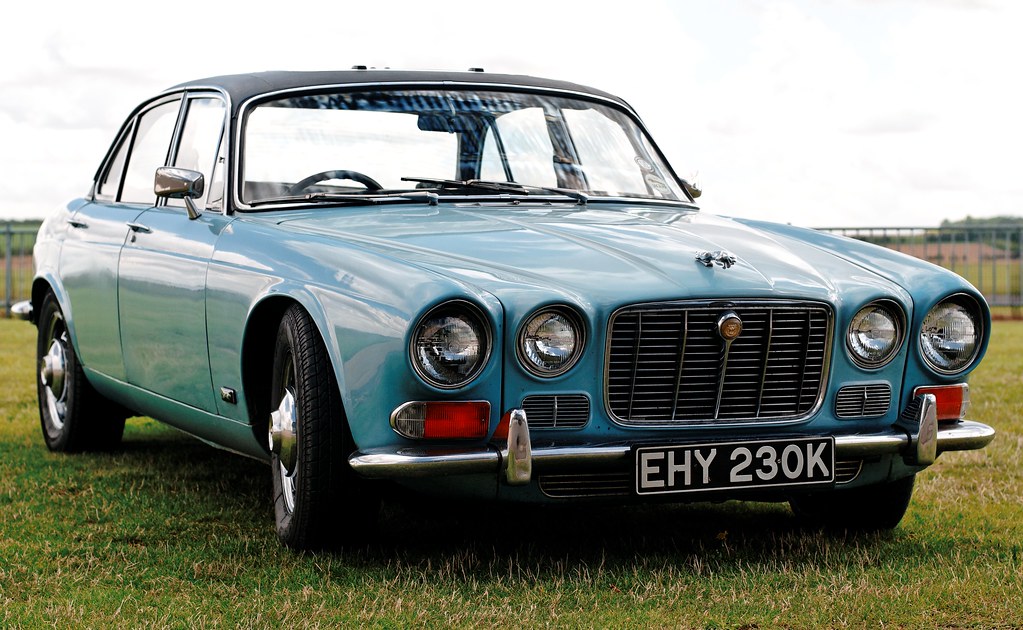
4. **Jaguar XJ**: The Jaguar XJ has long been celebrated for its distinctive blend of classic British elegance, modern styling, and an undeniably luxurious driving experience. It projects an image of refined sophistication, captivating drivers with its smooth performance and plush interiors. However, as with many vehicles in its class, this “elegance” comes with a “maintenance price tag that reflects its luxury status,” requiring owners to be prepared for substantial ongoing expenses.
At the heart of the XJ’s maintenance demands are its “sophisticated suspension system and high-performance engine,” both of which are crucial to its dynamic handling and powerful acceleration. These complex mechanicals are not merely components; they are finely tuned systems that “require regular care,” and this specialized attention “can quickly become costly.” Maintaining these systems to their optimal performance level involves precise diagnostics and often, the replacement of intricate parts, contributing significantly to service bills.
One particular area where owners frequently encounter high costs is in the braking system. Given the XJ’s performance capabilities and its inherent weight, “brake replacements, a necessity for this vehicle, often cost around $4,000.” This figure is a clear indicator of the premium components used and the specialized labor involved in ensuring the vehicle’s stopping power remains uncompromised. It represents a recurring expense that should be carefully considered by prospective buyers.
Furthermore, the “XJ’s complex electronics are prone to issues,” which can manifest in various ways, from infotainment glitches to sensor malfunctions. Troubleshooting and repairing these intricate electronic systems require specialized expertise and often lead to bills that “can add up fast.” Ultimately, the Jaguar XJ is more than just a luxurious mode of transport; it is “a sedan that demands attention both on the road and in the service shop,” underscoring the comprehensive financial commitment required for its long-term ownership.
Continuing our exploration into the financial realities of luxury sedan ownership, we now turn our attention to four additional vehicles that, while offering supreme comfort and advanced engineering, also present their owners with substantial and often surprising maintenance bills. Understanding the specific components and systems that drive these costs is essential for any prospective buyer, ensuring that the dream of luxury ownership doesn’t turn into a financial headache. Our aim is to provide a clear and factual overview, empowering you to make the most informed choices.
Car Model Information: 2007 Jaguar XJ XJ8
Name: Jaguar XJ
Caption: 2015 Jaguar XJR (X351)
Manufacturer: Jaguar Cars
Production: 1968–2019
Class: Full-size,luxury car
Layout: Front-engine, rear-wheel-drive
Categories: 1970s cars, 1980s cars, 1990s cars, 2000s cars, 2010s cars
Summary: The Jaguar XJ is a series of mid-size/full-size luxury cars produced by British automobile manufacturer Jaguar Cars (becoming Jaguar Land Rover in 2013) from 1968 to 2019. It was produced across four basic platform generations (debuting in 1968, 1986, 2003, and 2009) with various updated derivatives of each. From 1970, it was Jaguar’s flagship four-door model. The original model was the last Jaguar saloon to have been designed under the leadership of Sir William Lyons, the company’s founder, and the model has been featured in a myriad of media and high-profile appearances.
Get more information about: Jaguar XJ
Buying a high-performing used car >>>
Brand: Jaguar Model: XJ
Price: $12,645 Mileage: 67,968 mi.
Read more about: Buyer’s Remorse: 12 Highly Flawed Collector Cars That Mechanics Refuse to Touch
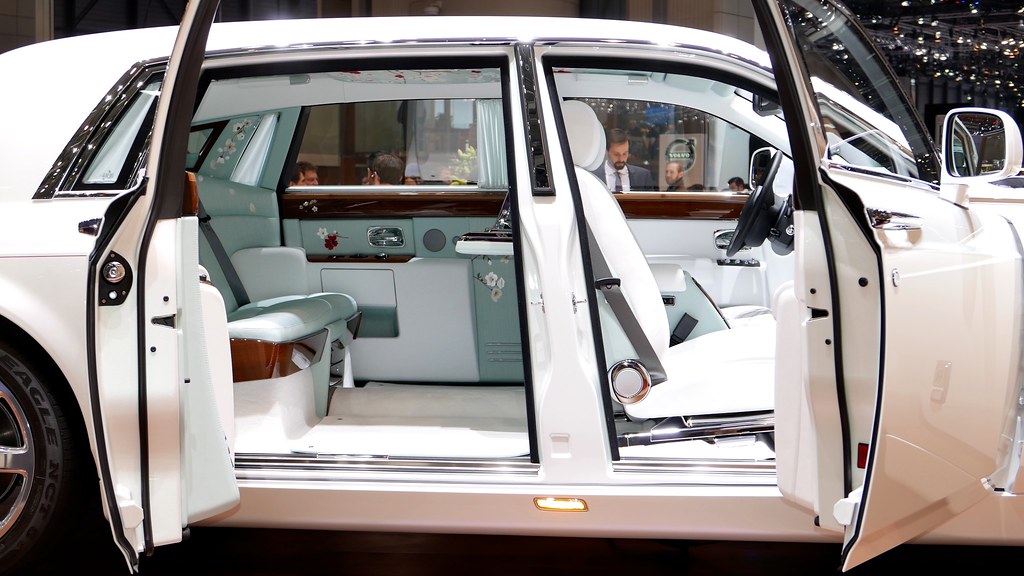
5. **Rolls-Royce Phantom**Owning a Rolls-Royce Phantom is synonymous with an unparalleled statement of luxury and exclusivity. This vehicle is not merely a mode of transport; it is a meticulously crafted work of art designed to deliver an experience of supreme comfort and prestige. However, this opulent status comes hand-in-hand with a maintenance commitment that unequivocally matches its grandeur, representing a significant financial investment well beyond the purchase price.
Even what might seem like basic, routine maintenance tasks for a Rolls-Royce Phantom can escalate into substantial expenses. For instance, an oil change, a fundamental service for any vehicle, can “exceed $1,000” for the Phantom. This figure is a testament to the specialized lubricants required, the volume involved, and the intricate process mandated by the manufacturer to ensure the vehicle’s optimal performance and longevity, often demanding specific tools and highly trained technicians.
A significant contributor to the elevated cost and complexity of upkeep is “the bespoke nature of the Phantom.” Many of its parts are not mass-produced; instead, they are “often custom-made” to meet the exacting standards of Rolls-Royce engineering and design. This individuality means that replacements are not readily available and come with a premium price tag, reflecting the specialized craftsmanship and limited production involved in their creation, directly impacting the cost and duration of any necessary repairs.
Furthermore, the Phantom’s “advanced features, such as the air suspension and luxurious interior systems,” while central to its legendary ride quality and cabin experience, also “require specialized attention” when maintenance or repairs are needed. Diagnosing and rectifying issues within these complex, interconnected systems demands expertise unique to Rolls-Royce, often necessitating specialized diagnostic equipment and technicians trained specifically for the brand. This level of dedicated care “further inflating maintenance costs” and solidifying the Phantom’s position as a vehicle that exemplifies luxury in every detail, including its upkeep.
Read more about: An Unforgettable Journey: 13 Iconic Automotive Ventures and Their Final Passages into History
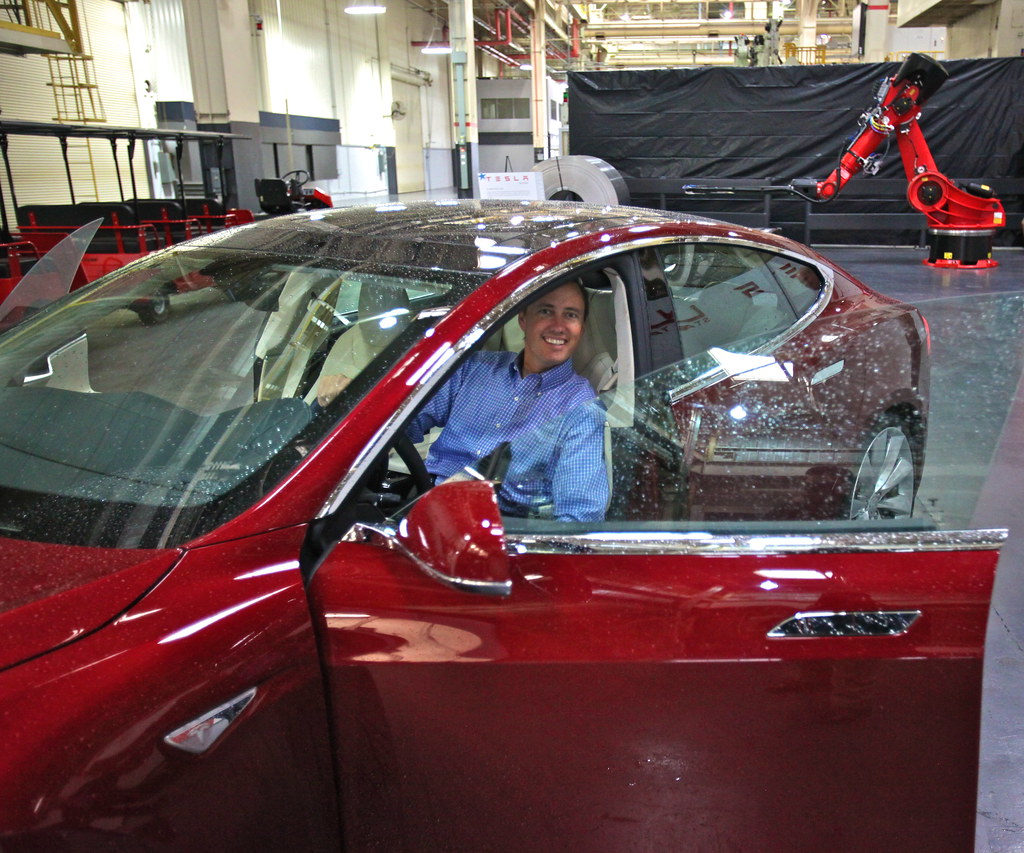
6. **Tesla Model S**The Tesla Model S has revolutionized the automotive industry with its cutting-edge electric powertrain, blistering performance, and advanced technological features. It offers an undeniably futuristic driving experience, challenging conventional notions of luxury and propulsion. However, despite its electric nature, maintaining this “high-tech vehicle can be surprisingly expensive,” revealing that innovation, too, comes with its own set of financial demands for owners.
One of the most significant potential financial outlays for a Tesla Model S owner, albeit a rare one, pertains to battery replacements. The advanced battery pack, the heart of the electric powertrain, is a highly sophisticated and costly component. Should a replacement become necessary outside of warranty, it “can cost up to $20,000,” making it arguably “one of the most significant potential expenses” an owner might face. This underscores the importance of understanding battery warranty terms and expected lifespan.
Beyond the battery, the Model S is replete with “advanced electronics and Autopilot system” that define much of its functionality and appeal. While offering unparalleled convenience and safety features, these complex systems are not immune to issues. When problems arise, they “are also prone to issues that require specialized, and costly, repairs.” The diagnostics and servicing of such high-tech components demand specific software, specialized tools, and technicians trained to work on Tesla’s unique architecture, contributing significantly to service bills.
Even “regular maintenance tasks, like tire replacements and brake servicing,” tend to be “more expensive due to the vehicle’s weight and performance capabilities.” The instantaneous torque delivery and substantial curb weight of the Model S can lead to accelerated wear on tires and braking components compared to a conventional internal combustion engine vehicle. This necessitates more frequent replacements of high-performance tires and specialized brake components, adding to the ongoing operational costs that prospective owners should factor into their budget.
Car Model Information: 2023 Toyota Camry LE
Name: Tesla Model S
ModelYears: 2013–present
Alt: A front-three quarter view of a gray Model S
Caption: #2016–2019: First major update
Designer: Franz von Holzhausen
Weight: cvt
Height: cvt
Width: cvt
Length: cvt
Wheelbase: cvt
ElectricRange: cvt
Battery: kWh,lithium-ion battery
Motor: Unbulleted list
Transmission: Reduction drive
Related: Tesla Model X
Layout: Rear-motor, rear-wheel drive,Dual-motor, all-wheel-drive,Tri-motor, all-wheel-drive layout
BodyStyle: liftback,sedan (automobile)
Class: Full-size car
Assembly: Unbulleted list
Production: June 2012 – present
Manufacturer: Tesla, Inc.
Sp: us
Chassis: Unibody
Categories: 2020s cars, All-wheel-drive vehicles, All Wikipedia articles written in American English, All articles containing potentially dated statements, Articles containing potentially dated statements from 2025
Summary: The Tesla Model S is a battery-electric, four-door full-size car produced by the American automaker Tesla since 2012. The automaker’s second vehicle and longest-produced model, the Model S has been described as one of the most influential electric cars in the industry. Car and Driver named it one of the best cars of the year in 2015 and 2016. Its various accolades include the Motor Trend Car of the Year Award in 2013.
Tesla started developing the Model S around 2007 under the codename WhiteStar, with Henrik Fisker appointed as lead designer for the project. After a dispute with Elon Musk, Tesla’s CEO, Fisker was replaced by Franz von Holzhausen who, by 2008, had designed the production Model S’s exterior. Tesla unveiled a prototype of the vehicle in March 2009 in Hawthorne, California. In 2010, Tesla acquired a facility in Fremont, California, to produce the Model S, which was previously owned by General Motors and Toyota. Series manufacture of the car officially began at the Tesla Fremont Factory in June 2012. Tesla carried out the final assembly for European markets at its facilities in Tilburg, Netherlands, between 2013 and 2021.
Constructed mostly of aluminum, the Model S shares 30 percent of its components with the Model X—a crossover SUV that was introduced in 2015. The Model S has undergone several updates during its production, the most prominent ones occurring in 2016 and 2021. These updates have usually included modifications to the motor, such as changes to power or torque, revised exterior elements, and refreshed interior features. One such change included the 2015 introduction of Tesla Autopilot—a partial vehicle automation advanced driver-assistance system. The 2021 update led to the introduction of the high-performance, three-motor Plaid—Tesla’s most powerful model.
In 2015, the Model S was the world’s best-selling plug-in electric vehicle. In 2012, it was included on Time’s list of the Best Inventions of the Year, and the magazine later included it on its list of the 10 Best Gadgets of the 2010s in 2019. In 2014, The Daily Telegraph described the Model S as a “car that changed the world”. Road & Track argued that, with the introduction of the Plaid and features such as the yoke steering wheel, Tesla managed to turn the Model S into “perhaps one of the worst [cars in the world]”.
Get more information about: Tesla Model S
Buying a high-performing used car >>>
Brand: Tesla Model: Model S
Price: $25,600 Mileage: 23,699 mi.
Read more about: The Ultimate Road Trip: 13 Must-Visit US Car Museums for Every Auto Fan
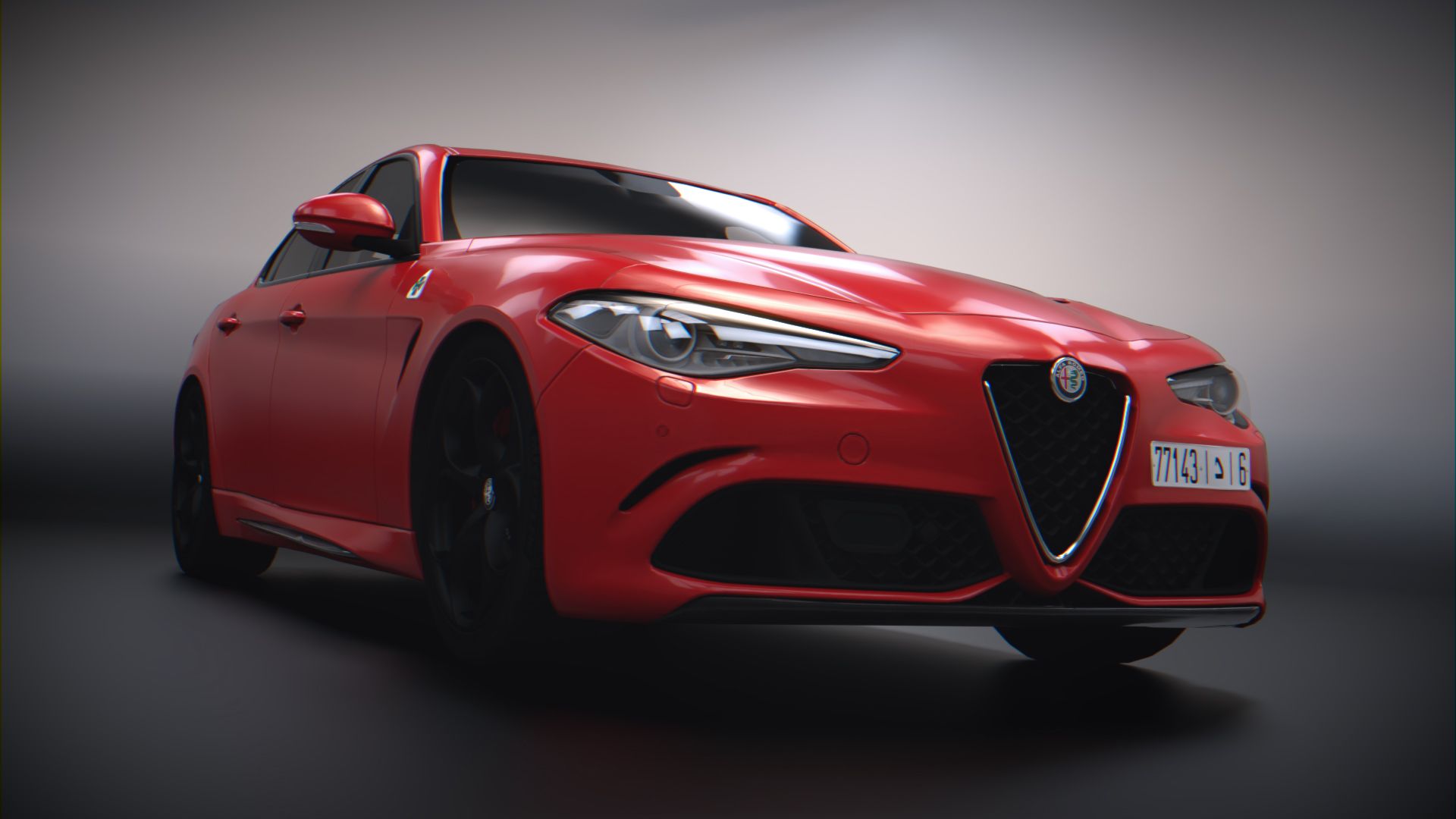
7. **Alfa Romeo Giulia Quadrifoglio**The Alfa Romeo Giulia Quadrifoglio stands out as a high-performance sedan that captures the essence of Italian automotive passion, delivering an exhilarating driving experience characterized by sharp handling and formidable power. For enthusiasts, it is “as thrilling to drive as it is expensive to maintain.” This duality means that while the Quadrifoglio offers immense satisfaction behind the wheel, its upkeep demands a consistent and considerable financial commitment that should not be underestimated.
Central to the Giulia Quadrifoglio’s impressive performance is its “twin-turbocharged V6 engine,” a meticulously engineered powerplant that delivers electrifying acceleration. However, this level of engineering sophistication requires equally sophisticated care. The engine “demands regular, specialized attention,” encompassing precise fluid changes, specific diagnostic checks, and a keen eye for detail during servicing. This specialized attention “can be costly,” reflecting the technical expertise and genuine Alfa Romeo parts necessary to maintain its peak performance and reliability.
Given the Quadrifoglio’s track-ready performance capabilities, its braking system is subjected to intense demands. Consequently, “brake replacements, necessary more often due to the car’s performance capabilities,” are a significant recurring expense for owners. These high-performance braking components are designed for aggressive driving, and their replacement can “cost up to $4,000,” a figure that highlights the premium nature of the parts and the specialized labor involved in ensuring the vehicle’s safety and stopping power remain uncompromised.
Furthermore, the Giulia Quadrifoglio has faced scrutiny regarding its overall reliability. “Reliability issues with the Giulia Quadrifoglio mean that unexpected repairs are not uncommon,” a factor that can substantially inflate the overall cost of ownership. These unforeseen mechanical or electronic faults can quickly accumulate, adding significantly to the financial burden and underscoring the importance of budgeting for potential unscheduled maintenance beyond routine services.
Car Model Information: 2023 Toyota Camry LE
Name: Alfa Romeo Quadrifoglio
Logo: Alfa-romeo-quadrifoglio-logo.png
LogoCaption: Quadrifoglio logo introduced in June 2015
Type: Marque
Industry: Automotive industry
Foundation: [object Object]
Owner: Stellantis
Parent: Alfa Romeo
Homepage: www.alfaromeo.com/quadrifoglio
Categories: Alfa Romeo, Alfa Romeo in Formula One, Alfa Romeo in motorsport, Articles containing Italian-language text, Articles with short description
Summary: The Quadrifoglio (Italian for ‘four-leaf clover’; pronounced [kwadriˈfɔʎʎo]) is the brand used by the Italian auto manufacturer Alfa Romeo to indicate a high performance model. The Quadrifoglio is usually placed on the side panels of the car, above or behind the front wheels—on the front wings in the case of modern vehicles. The logo consists of a green four-leaf clover contained in a triangle.
Get more information about: Alfa Romeo Quadrifoglio
Buying a high-performing used car >>>
Brand: Alfa Romeo Model: Giulia Quadrifoglio
Price: $25,600 Mileage: 23,699 mi.
Read more about: Unveiling Tomorrow’s Icons: 14 Groundbreaking New Models That Exceed All Anticipation
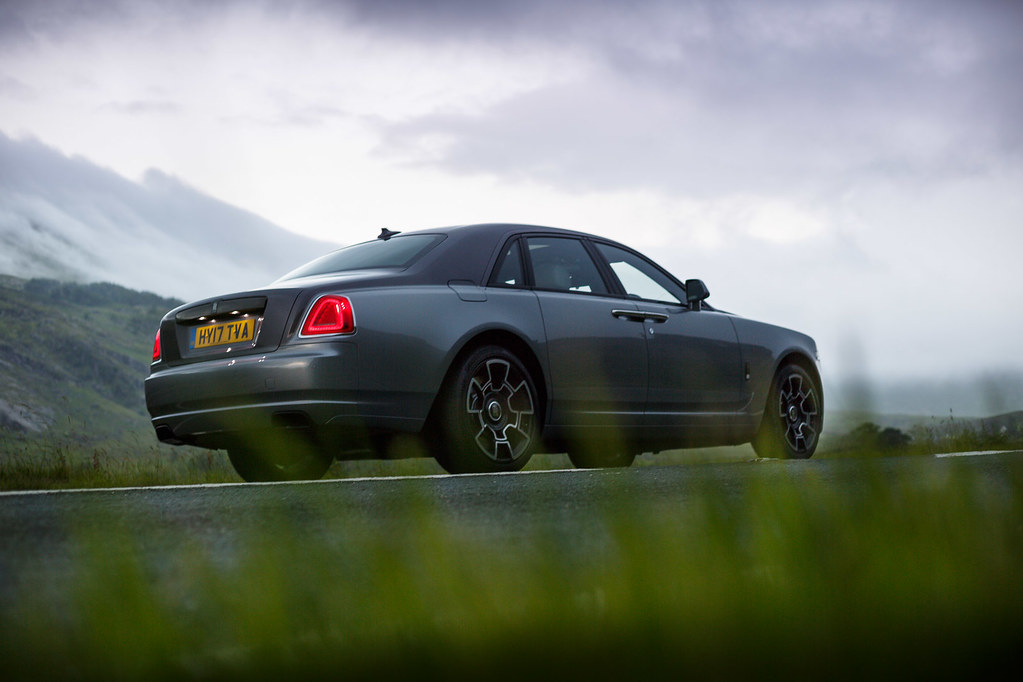
8. **Rolls-Royce Ghost**The Rolls-Royce Ghost is a testament to understated luxury, offering a more contemporary and dynamic interpretation of the brand’s legendary comfort and prestige. It represents a pinnacle of automotive refinement, designed to provide an effortlessly serene driving or chauffeured experience. True to the brand’s heritage, “the Rolls-Royce Ghost embodies luxury, and its maintenance costs are no exception,” firmly positioning it as a vehicle with substantial financial demands for its upkeep.
Routine services for the Rolls-Royce Ghost quickly ascend into the realm of significant expenditure, with bills that “can easily run into thousands of dollars.” Even a basic task like “an oil change costing over $1,000” is not uncommon. This cost reflects the use of premium, specialized lubricants, the substantial quantity required, and the intricate labor process involved in servicing such a meticulously engineered vehicle. Every detail, from accessing components to resetting service indicators, requires specific protocols and expert execution.
Compounding the maintenance costs is “the Ghost’s bespoke nature,” a characteristic that dictates many of its components are not off-the-shelf parts. Instead, “many parts are custom-made,” tailored specifically for the Ghost. This exclusivity “driving up both the cost and complexity of repairs” because these unique parts are expensive to manufacture, have limited availability, and often require specialized fitting procedures, extending repair times and increasing labor costs significantly.
The advanced systems integrated into the Ghost, such as its sophisticated “air suspension and luxurious interior features,” are designed to deliver an unparalleled level of comfort and refinement. However, these complex, interconnected technologies also “require specialized attention” when maintenance or diagnostic work is necessary. Addressing issues within these intricate systems demands technicians with highly specific training and access to proprietary diagnostic tools, further inflating maintenance expenses and solidifying the Ghost’s status as a vehicle requiring a dedicated and substantial financial commitment.
Read more about: When Money Is No Object: The 12 Most Jaw-Dropping Gifts Stars Lavish on Their Nearest and Dearest
Our in-depth examination of these eight luxury sedans reveals a consistent pattern: the initial appeal of premium vehicles often obscures the profound and continuous financial commitment required for their maintenance. From the bespoke components of a Rolls-Royce to the advanced electronics of a Tesla or the high-performance demands of an Alfa Romeo, each vehicle presents its unique array of costly upkeep. Prospective owners must look beyond the gleaming exterior and understand that luxury sedans are not just a purchase, but a long-term investment in specialized care, expensive parts, and often, unforeseen repairs. Being armed with this comprehensive knowledge allows consumers to approach the luxury market with open eyes, ensuring that the joy of ownership is not overshadowed by unexpected bills, and enabling truly informed decisions about their automotive future.

